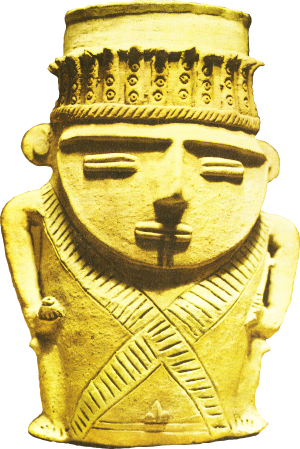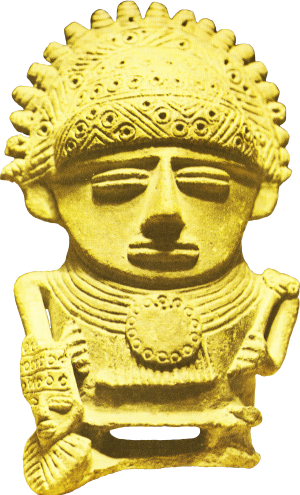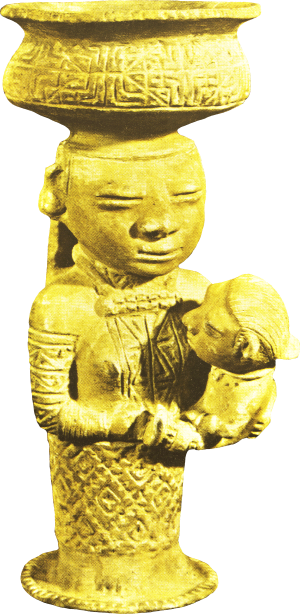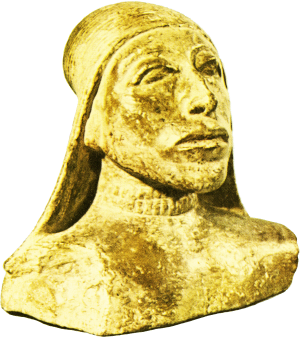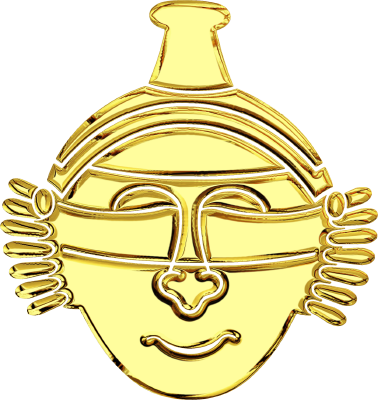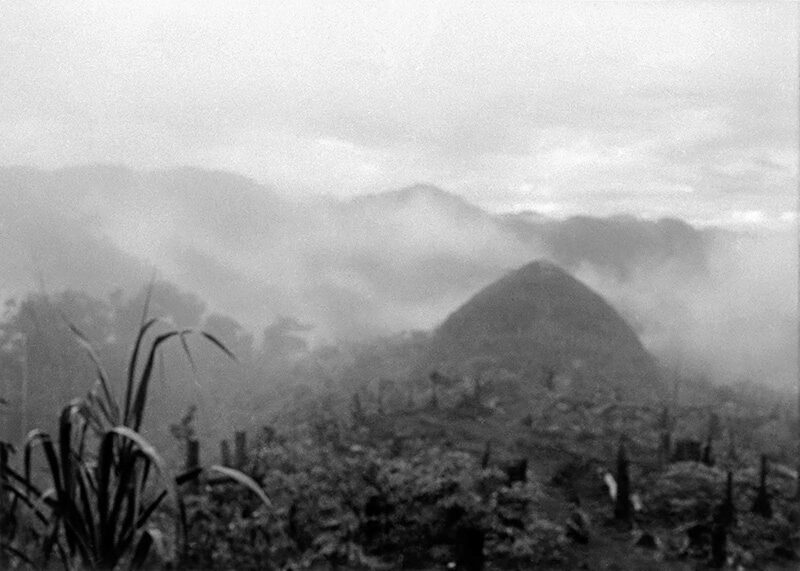

From World Pulse, Wheaton, IL.
Final Analysis by Jim Reapsome ©1995
Bruce Olson's Legacy
When Bruce Olson and his mule ventured into Venezuela's uncharted jungles 40 years ago, ranchers drummed some common sense into him. “There are tame Indians and wild Indians,” they said, “so be sure you locate the former and not the latter.” But having never seen one, he was in no position to judge.
He had gone to Caracas to prepare for his mission to the Indians because while in high school he was convinced this was what God wanted him to do. While working for the government in the Ministry of Health and studying at the university, he saw the Motilones on God's compass.
One day in 1964 he came to our home with his jungle diary, and a couple of wicked-looking Motilone spears. I published his diary and those spears graced our walls for years. Our kids loved Bruce and his stories gripped them. So much so that when our daughter got married she asked for the Motilone spears. Now they've gone to Santiago, Chile.
On his first jungle trek, Bruce wandered around in circles for hours, stopped for the night, and discovered he had no machete, nor a tool to open his sardines. He sat down on the trail with his mule and decided that since the mule wasn't scared, he would be all right. Doing what he did was like launching a space shot to the moon. But look at the record of what God has done since Bruce and his mule set out from Machiques in the foothills of the Andes.
The so-called “wild” Indians have been transformed by the Lord Jesus Christ. Bruce has seen the work of the Holy Spirit continue to the next generation of Motilones. But they not only have redemption and new life, but they also have the technical preparation they need to survive on the lands of their forefathers. Their lands, by the way, are now protected legally, thanks in great measure to Bruce's tireless efforts on their behalf.
Tribal students are academic achievers—15 are studying in university, next year 13 will graduate from high school, 22 from vocational training, and 12 from the school of nursing. All the 400-plus previous Indian graduates are serving their tribes in the jungles. Not one has abandoned the jungle for city life. In the jungles, more than 2,500 students are getting bilingual education in 18 languages.
Bruce has built facilities and trained people to work in 18 health centers, 42 bilingual schools, 22 agricultural centers, and 11 trading posts, which really are co-operatives. They spark social development in places overlooked by the governments of Colombia and Venezuela. The co-operatives provide the economic base for 18 tribal peoples.
The director of the Bureau of Indian Affairs for Northeast Colombia is a Motilone lawyer. The director of Indian Affairs for the state government is a Motilone graduate in business administration. The coordinator for press relations for Northeast Colombia Native Peoples' Affairs is a Motilone university graduate in journalism.
How has all this come about? Obedience, faith, courage, suffering, wisdom, and persistence by a young, unheralded missionary who did not bring Jesus to the Motilones as a foreign import but as one who sojourned their “trails of life's experiences.”
Today's missionaries, churches, and agencies should gorge on Bruce Olson's story like kids chomping on fresh-sliced watermelon. We need this story to reinforce our faith and to stir up the current crop of high school and college students. People in our churches need to know it because they are subjected to misleading propaganda about the failures of missionaries and how they have destroyed indigenous cultures. Bruce Olson's story is the best answer I know to people who gripe, “What's the point of sending missionaries?”
